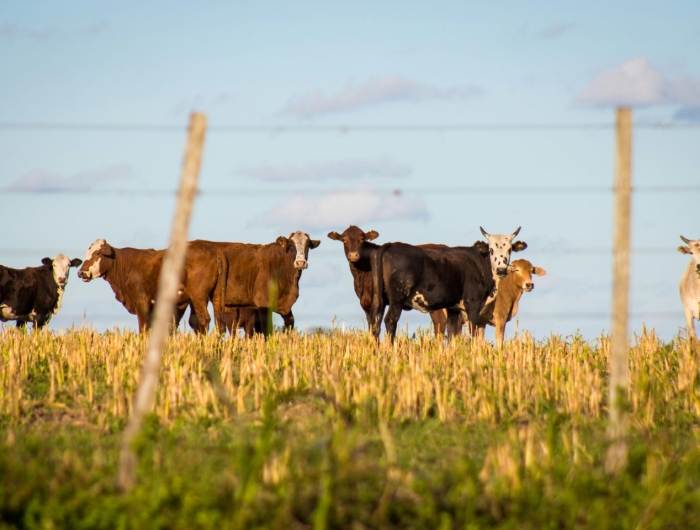Final guidance on regulation of genetically altered animals rightfully awards regulatory authority to FDA

Geronimo Giqueaux - unsplash.com
Statement of CSPI President Dr. Peter G. Lurie
The question of which agency, the Food and Drug Administration, or the U.S. Department of Agriculture, should regulate intentionally genomically altered animals (IGAs) has been up in the air for years. These are animals whose genome has been altered to convey a desirable trait, such as pigs that are less likely to induce allergic reactions in humans and cattle with short hair that can withstand mounting global temperatures.
The final guidance published today clarifies that FDA will, in consultation with USDA, lead regulatory review of these products and ends something of a bureaucratic turf battle between the two agencies. But as turf battles go, this one was never an especially close call, as we argued in the two op-eds listed below.
The FDA and USDA have markedly different mandates. FDA’s includes both human and animal health. USDA does not have the same kind of overriding public health mission as FDA and also has the obligation to promote American agriculture. While USDA is, by law, primarily responsible for cattle, swine, goats, horses, and poultry, FDA is responsible for almost everything else that walks, swims, or flies. A regulatory system bifurcated along those lines would have resulted in confusion and inefficiency. Moreover, the experience, regulatory structure, and expertise needed to regulate these products has long existed at FDA and would have had to be created anew at USDA.
FDA has already used its existing authority to allow products such as fast-growing salmon to enter the market. The agency’s current proposal appears to appropriately balance the prerogatives to bring innovative products to market and promoting consumer safety. The FDA’s scientific expertise and human and animal health mandates make it the appropriate agency to maximize the benefits and minimize the risks of the next generation of genetically altered animals.

